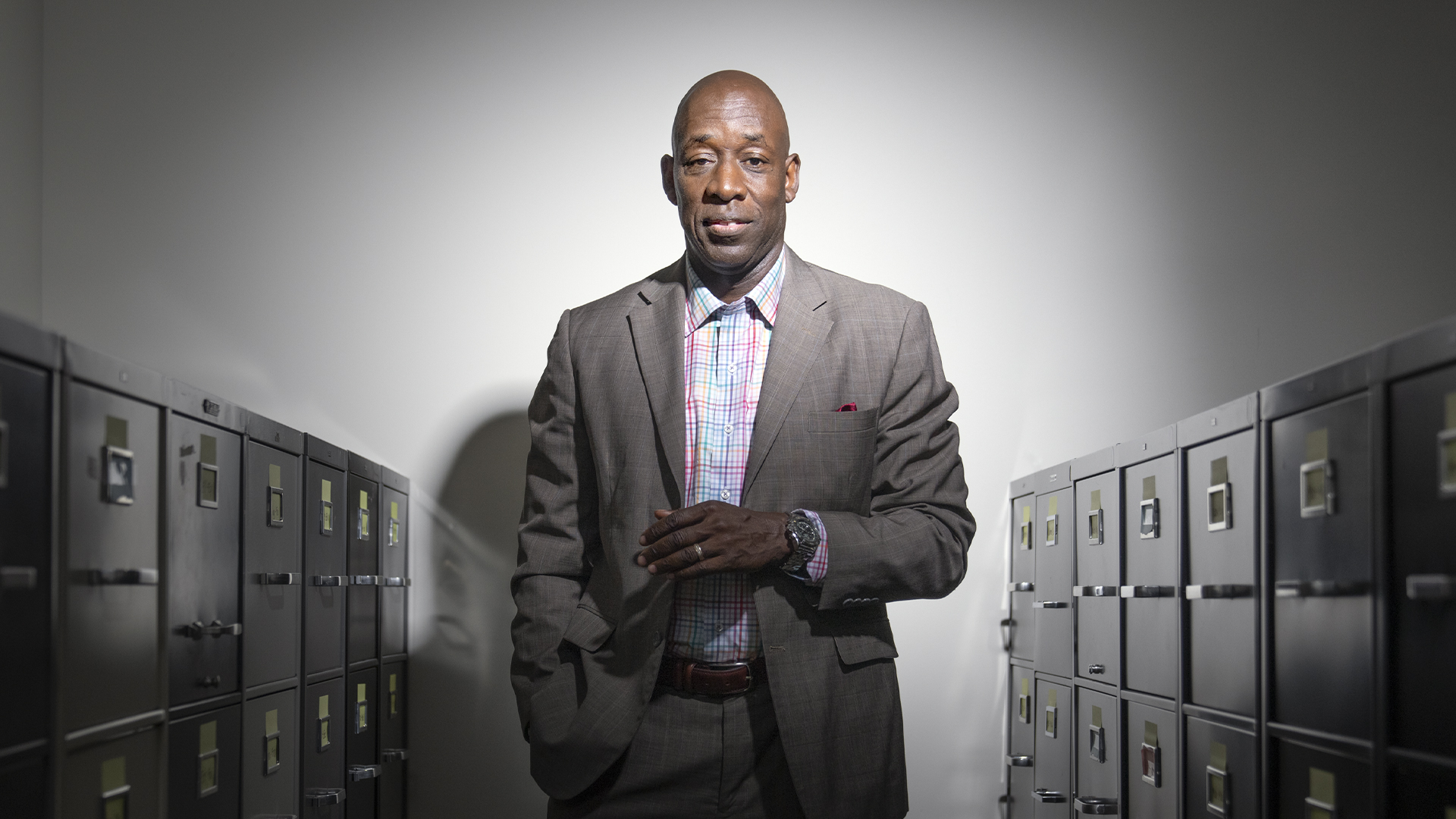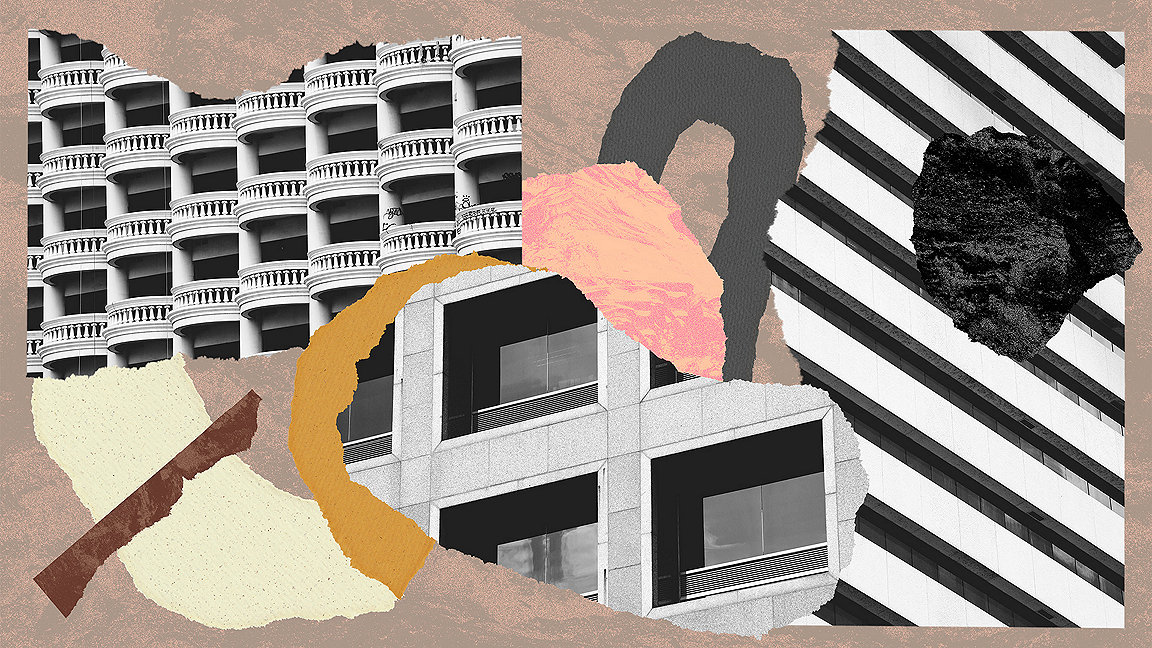
The history of colonisation and racial inequity across the globe plays out in many spheres, but one of the most starkly defined is in our built environment. In cities across the world, ethnic groups with power have frequently used space to restrict or punish underrepresented groups.
In recent times, this has been most evident in techniques like redlining, blockbusting, and steering. But even without them, inequities in the safety, health and economic opportunities often found in cities and neighbourhoods with a strong minority presence bear testament to a legacy of structural racism.
Harder to detect for people who aren’t minorities themselves are the challenges minority professionals often face due to unwitting bias from colleagues and business partners. For all this legacy of racism, though, built environment professionals from around the world are working today to build a better, more equitable future.
Racism in our built environment comes in many forms, from the clear cut to the more subtle. For instance, South African Lesedi Kgaka MRICS, CEO of LRH Properties, says that in South Africa, black people often find themselves facing higher interest rates when looking for bank loans.
As a real estate entrepreneur herself, she found that many opportunities controlled by white people, like funding, incubator programs, and even simple mentorship, are doors that often stay closed to people of colour. “People of colour are often profiled when making a booking to view residential or commercial property. Brokers often ask more qualifying questions, such as whether they’ve been pre-approved by a bank or the type of work they do, even before they agree to the viewing,” says Kgaka.
Many of the impacts of colonialism are immediately tangible, but others are less glaringly obvious, the results of a legacy of racism. Eric Allen FRICS, is chief valuation officer for Turks & Caicos as well as chair of the RICS Caribbean Leaders Advisory Group. Allen, who is from Jamaica, pointed to the historic context of Jamaica when discussing the country’s current situation.
“Most colonies were organised around sugar-cane plantations, where the colonisers owned most of the best agricultural land,” Allen says. “Slavery was abolished 190-odd years ago, and now most properties, on a numerical basis, are owned by people of African descent, however much of the most prime and valuable Jamaican real estate is still owned by the European minority. Added to this, many properties owned by the African-descended majority are unregistered (lacking title) and therefore under-utilised in the economic activity of wealth creation.”
Even in 2022, with slavery a distant memory, and with considerable economic progress being achieved by people of African descent, much more needs to be done to promote economic literacy, economic inclusion and participation.
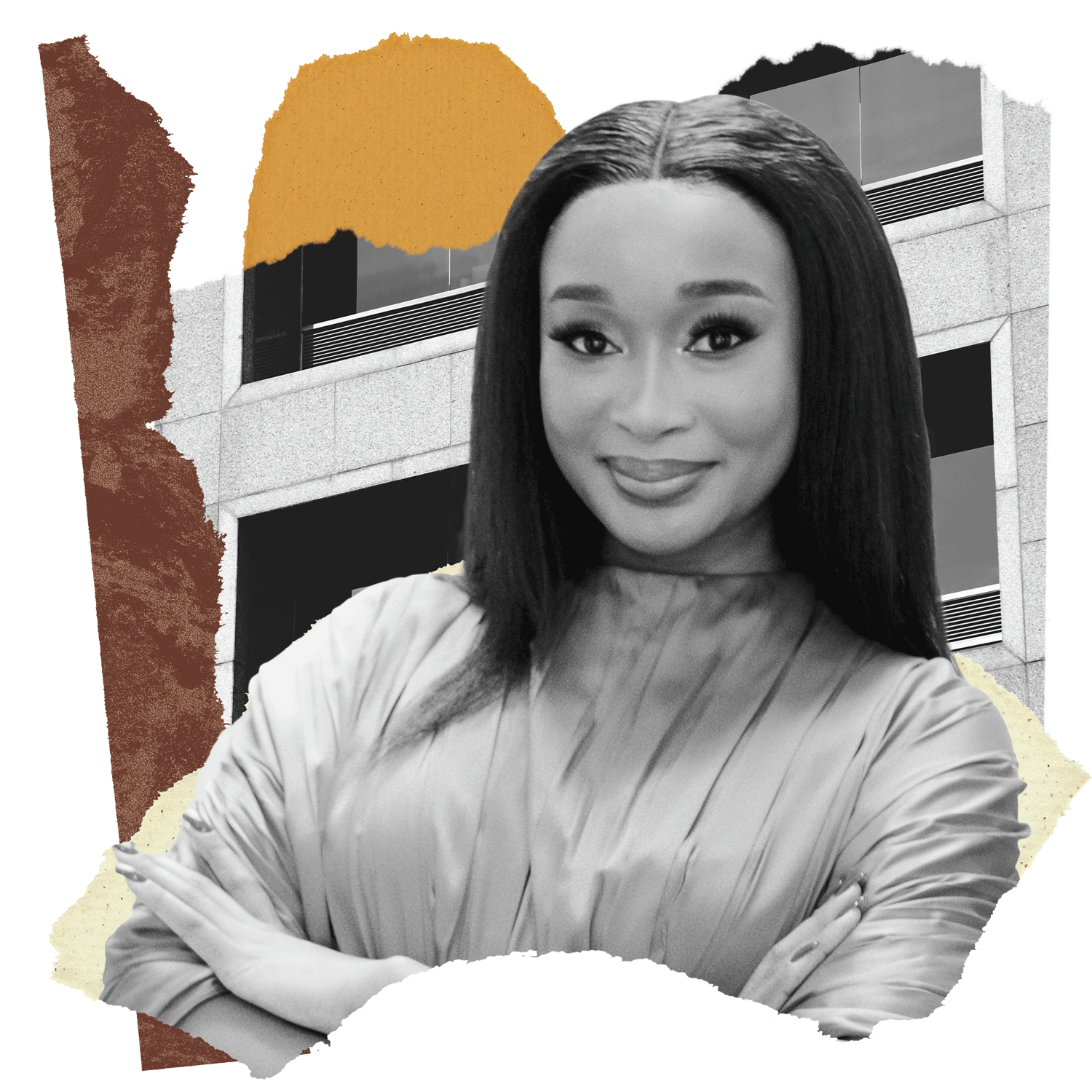
“Too often, people of colour who do have power don’t feel safe to use it” Lesedi Kgaka MRICS, LRH Properties
Workplace experiences
Some of these stories may be hard to relate to, and that itself is one of the biggest challenges when trying to address the legacy of racism in the built environment. For minorities in the workplace, things that other people would never even have to think about become challenges or potential problems in the making.
David Baxter MRICS, is the CEO of Mitig8 Risk Management LLC, a risk management consulting firm, the founder and CEO of iMitig8 Risk LLC, a risk engineering software provider, and the RICS Southeast Chapter chair. He grew up in the UK but now lives in Atlanta, Georgia. Baxter says that before he started his own firm, he worked at a company where there was a limited number of black employees with a majority of white senior directors and supervisors.
He and his black colleagues would often discuss what others might think if they attended a client meeting together, as it could be seen as a misrepresentation of the company. “Looking back, that seems absolutely ridiculous now,” he says.
He noticed other issues relating to race, as well. For instance, he witnessed black senior managers hesitate to give promotions or other benefits to their black employees, for fear of being seen as unfairly favouring minorities. Concerns like these are ones that non-minority professionals in the built environment and other professions simply do not have to experience. For Baxter, it directly spurred his own entrepreneurship. “I basically started my own company because I was constantly being overlooked for promotion,” he says. “I saw my white colleagues getting promoted, despite having less experience and I thought ‘this is unacceptable.’” While he says some things have improved, like recruiting diversity officers at some companies, we are still a distance away from the ideal.
Based in Canada, Brian Gay MRICS, is a senior leader with Suncorp Valuations located in the Toronto area. As a black man, Gay says he doesn’t always use the term ‘underrepresented,’ asking “are we really underrepresented or is that a label to minimise our experience?” Gay identifies black as being African or of African descent.
Regardless of labels or country, Gay faces many of the same workplace challenges other minority employees across the globe do. “As a person of colour within a field dominated by people who don’t look like me, we aren’t meant to be invisible,” he says. “We only become invisible by not stepping forward, not supporting each other.” It is the recognition of this fact that leads Gay to serve as a mentor and resource for other built environment professionals of colour.
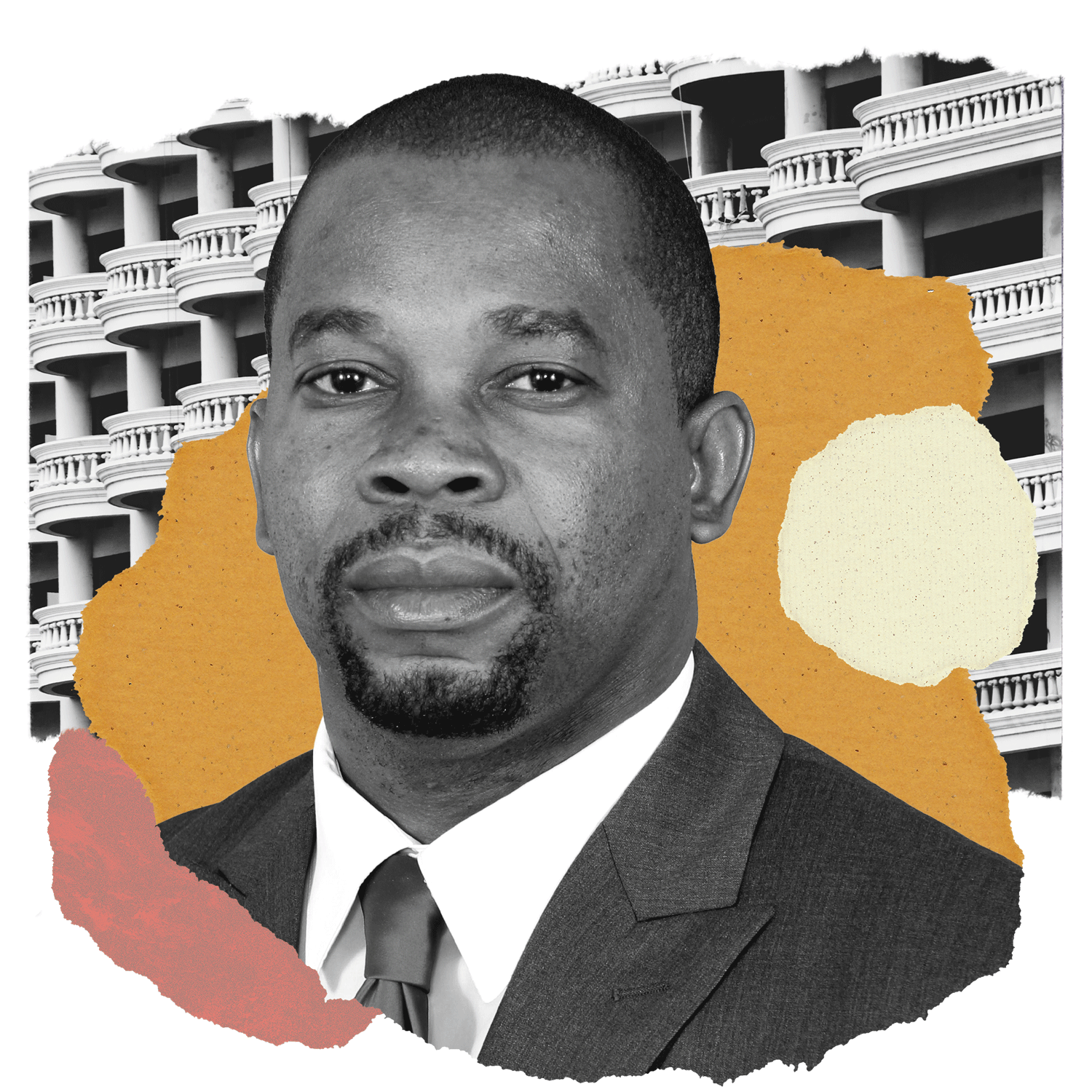
“We all have these biases and so we need to look at them and think about what we need to do to be more inclusive” Eric Allen FRICS, RICS Caribbean Leaders Advisory Group
Progress and competition
The legacy of colonialism sometimes presents itself in other ways. In India, the legacy of British rule and the eventual departure of the British government means that the country is still grappling with development issues even as its cities and businesses start to compete on the global stage. “In comparison to other countries, India is very tolerant, we don’t have as many challenges there,” says Sathish Rajendren FRICS, executive director and head of facility and asset management for Knight Frank in India. “But India is urbanising, and that brings challenges.”
These challenges present themselves against a backdrop of increasing competition for more foreign investment, as Indian municipalities strive to present themselves as attractive places to do business. For one thing, Rajendren says, India is very large, with many levels of government. “We are in competition with developed countries to become more flexible and in terms of ease of doing business. You look at other countries across South Asia, where there is usually just one government to deal with, but India has different states within the country. The government is now looking at instituting a single clearance window to expedite foreign investments.” Challenges like that, which can make foreign investors hesitant to commit, need to be addressed, Rajendren says.
At the same time, some of the examples of colonisation Rajendren sees around India are opportunities to learn and do better. “I think of the legacy of British colonialism as a reference,” he says. “The large buildings, churches, and the monuments … if you look at Kolkata, Mumbai, Chennai and beyond you still have a number of British structures. They’re one to two hundred years old, but today we are talking about a 40-year lifespan in construction. There are learnings there.” Allen echoes that sentiment, pointing to Jamaica’s mid-20th century experience where a team of Australian experts helped establish the national tax assessment system, through a process of mentorship and training. “There are opportunities to learn from countries farther along the development curve,” he says.
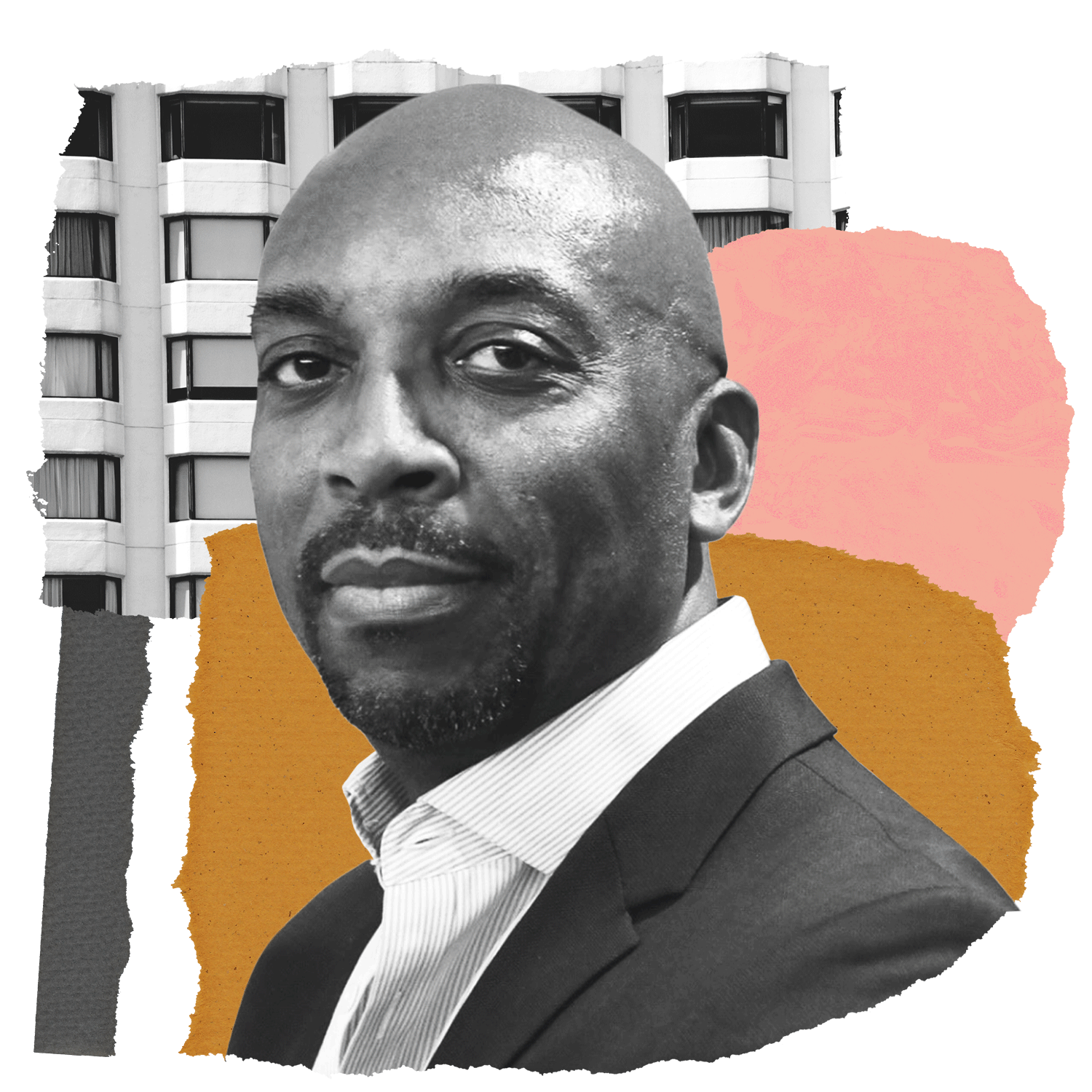
“I basically started my own company because I was constantly being overlooked for promotion” David Baxter MRICS, Mitig8 Risk Management LLC
The way forward
For Baxter, one way that built environment professionals can make a difference is by taking real steps to understand other experiences of race and equity. He says that he was once invited to a professional event by a white colleague, where he hesitated to attend because he realised he would be the only person of colour. While Baxter says his colleague didn’t understand his hesitance at first, he soon had an opportunity to invite that same colleague to a function being held by black community leaders. “I said, ‘do you see how I feel now?’ And he said ‘wow, it didn’t even hit me.’”
Today, Baxter looks for other opportunities to build shared experiences within the professional workplace and suggests working with diversity officers and human resource managers to share different types of anecdotal dialogue from minority colleagues, helping white co-workers connect at a deeper level of understanding with their experience.
To understand the social and economic circumstances of others, people need to be open-minded and to be willing to see things from different perspectives. Allen believes that acknowledging our own biases is a crucial step toward real progress. “We all have these biases and so we need to look at them and think about what we need to do to be more inclusive and treat each other better. It starts with an acknowledgement that no one is perfect.”
For Gay, the way forward is largely a question of education. In his own business as an assessor, he always tries to seek out the ‘why’ behind valuation reasoning. For instance, he says if a property is “located in a neighbourhood normally subject to low investment, I ask why that is. Perhaps it sees little investment because of a lack of services coming in, or a lack of wise city policy. As a valuation surveyor I am calling out the cause of systematic failure for why this neighbourhood is underperforming.”
In this way, Gay adds additional value for his clients, who gain a greater understanding of their properties, while also helping reveal the realities of structural bias in a very tangible way.
Responding to those realities is challenging, but Baxter says a good place to start is with empowering black communities at the local level. “We need to give them the tools to build themselves up. Let’s make our children the new leaders and help them turn their neighbourhoods into urban tech hubs. Let’s give them the training and education to do that.”
Hand in hand with education, for Gay, is reconciliation. “It's through reconciliation that we acknowledge our past is not always clean. You or I may not have done the bad things, but they were still done. Accepting that truth is key to moving forward with the perspective that those things should not happen again.”
With education, reconciliation, and the understanding that our spaces are constantly changing and that we as built environment professionals need to be ready to change with them, Gay is hopeful for the future.
Education and reconciliation may be the prerequisites of progress, but there are more urgent things built environment professionals can do to build a better future today. Kgaka, from South Africa, says one thing companies offering funding can do is “have more minority representation among people who can sign off on deals. Managers, not just the face of the company. They need to have real decision-making power, because too often people of colour who do have power don’t feel safe to use it.”
At an industry-wide level, Baxter says “key strategies must include positive recruitment policies, transparency, accountability, equity targets, and investment in training and apprenticeships, particularly in diverse communities.” These can be deployed from the largest institutional company to the smallest boutique firm.
Whether it’s the history of a country or the experiences of professionals in the built environment today, we can’t escape where we have come from. Turning a blind eye to what our ancestors did, and how those decisions continue to unfairly favour certain groups, is the wrong takeaway here. Instead, as the experts put it, we need to acknowledge the context of our cities, careers and relationships while striving for something better.
There is a better, fairer, future to be had, but just like developing a skyscraper, it’ll take a team effort to get there.

"If you look at Calcutta you still have a number of British structures. They’re one to two hundred years old, but today we are talking about a 40-year lifespan in construction. There are learnings there" Sathish Rajendren FRICS, Knight Frank India
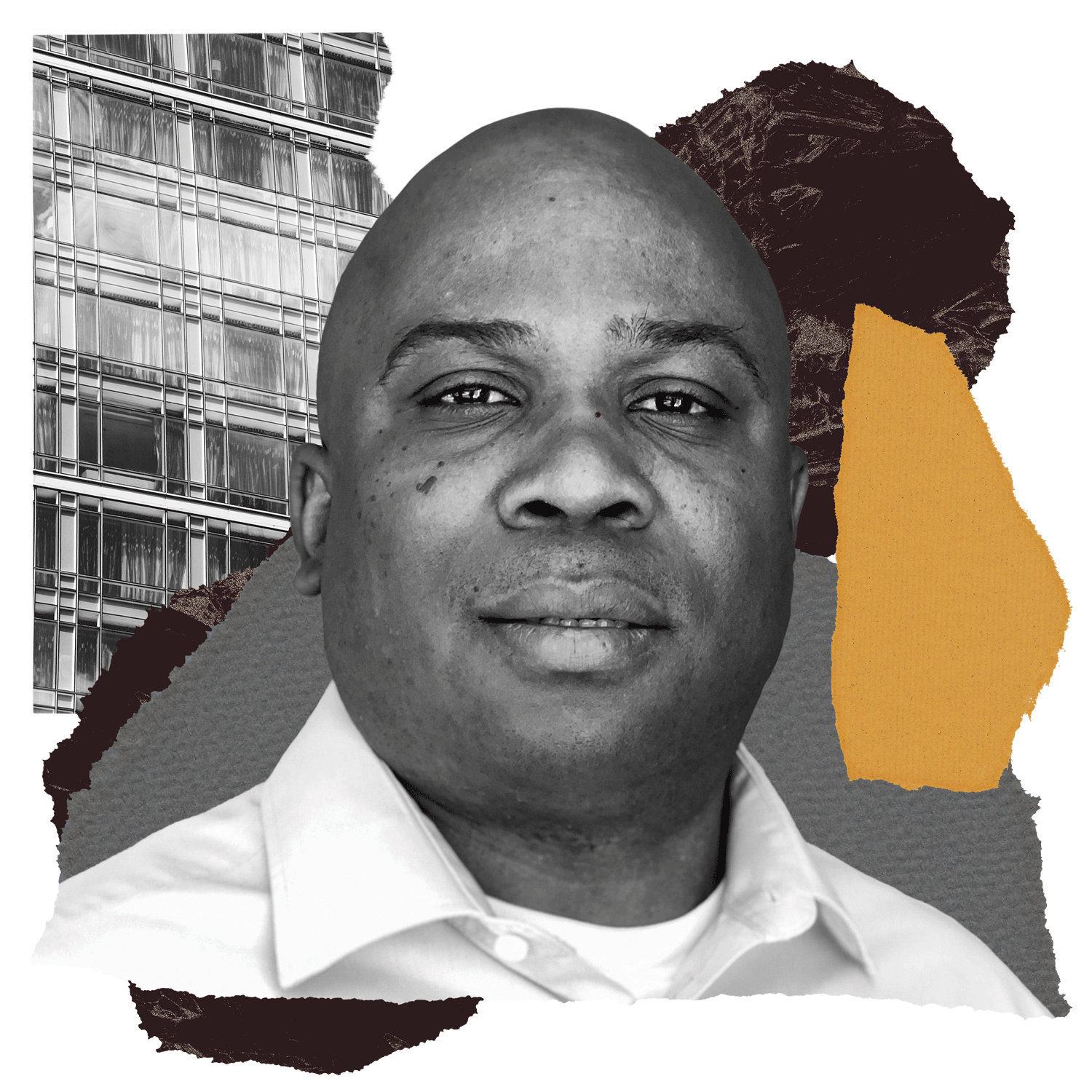
“We only become invisible by not stepping forward, not supporting each other” Brian Gay MRICS, Suncorp Valuations


